But, the overall tonnage of textiles diverted from landfill or incineration appears to have fallen short of the initial target of 90,000 tonnes a year, with the final plan putting the overall tonnage diverted at 4,670 (1,168 per year).
WRAP headed up the four-year ECAP project – which came to an end on Friday, 13 December – and was part-funded by £2.6 million from the EU LIFE Fund.
When launched, the initial communication said the ECAP aims to make the texile chain “more sustainable and circular”, and aimed to reduce that being “dumped or incinerated by 90,000 tonnes per year”, as well as carbon emission savings of 1.2 million tonnes per year and 588 million m3 a year in water consumption.
However, as shown in the table below, this appears to have fallen short. The initial targets were given on a yearly basis, and the final results were classed as ‘total savings’.
In the summary release, WRAP said that earnings and results over the four years of the project have been captured in valuable resources. These include interactive guidance documents, case studies and action plans that will continue to be available from ECAP’s website.
Pilot schemes
According to the summary release, several pilot schemes launched during the four years “show the potential economic and environmental savings businesses can achieve through greater sustainable practices”.
ECAP pilots were conducted with retailers and brands across Europe, which have been summarised in a number of case studies showing the potential economic and environmental savings businesses can achieve through greater sustainable practices.
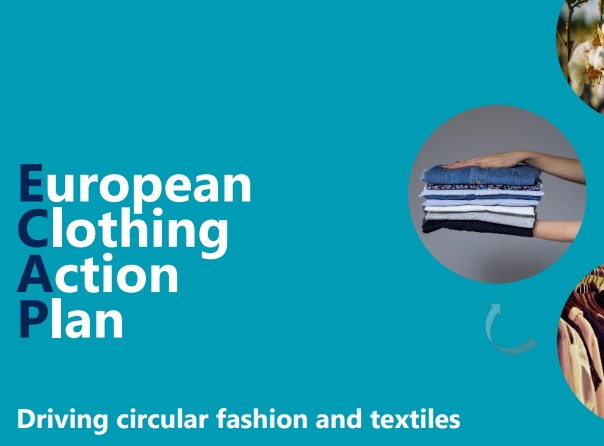
One of the major pilots were for integrating recycled fibres into clothing.
This saw nine companies including ASOS take part in pilots to recover and turn fibres into new garments through remanufacture.
The pilot sought to reduce the use of virgin materials, conserve water and energy, and reduce the amount sent to landfill or incineration.
ASOS produced a range of denim jeans made with up to 20% recycled cotton, while Schijvens Corporate Fashion produced t-shirts, polo shirts and blouses made with 30% post-consumer textiles (mixed PET & cotton), 20% industrial textile waste (cotton) and 50% PET (from bottles).
Another project ASOS were involved in saw a range of European brands and retailers run pilots to source more sustainable fibres to reduce the impact of clothing produced and sold within the European market.
They calculated their environmental impact and developed strategies to improve these; including adopting strategies with targets for sustainable cotton, recycled fibres and eco-friendly processing.
WRAP said the insights learnt through the various schemes will mean the impact of ECAP will be felt for many years.
Proud
Peter Maddox, director at WRAP he is proud of the achievements of the scheme in reducing textile waste.
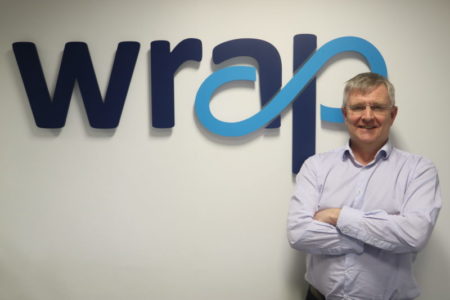
“This has been a huge amount of work by many partners, in many countries. Through ECAP, retailers and brands have reduced the footprint of garments they sell; workwear and brands have piloted cutting edge fibre-2-fibre schemes increasing recycled content in clothing, and household textile collections have increased. I am very proud of what everyone has achieved, and how these resources will help drive sustainable fashion in the future”.
Related link
Summary report





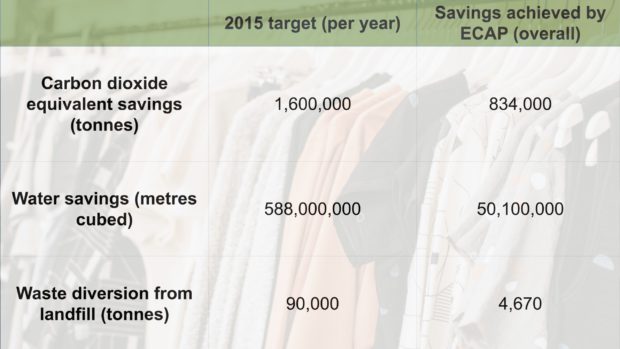
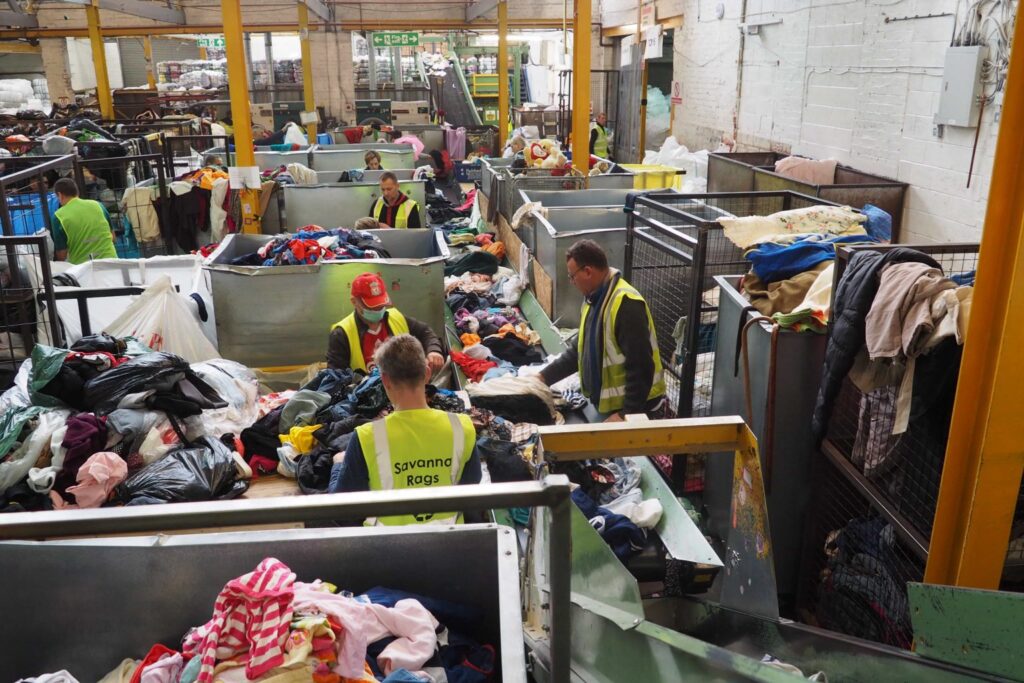
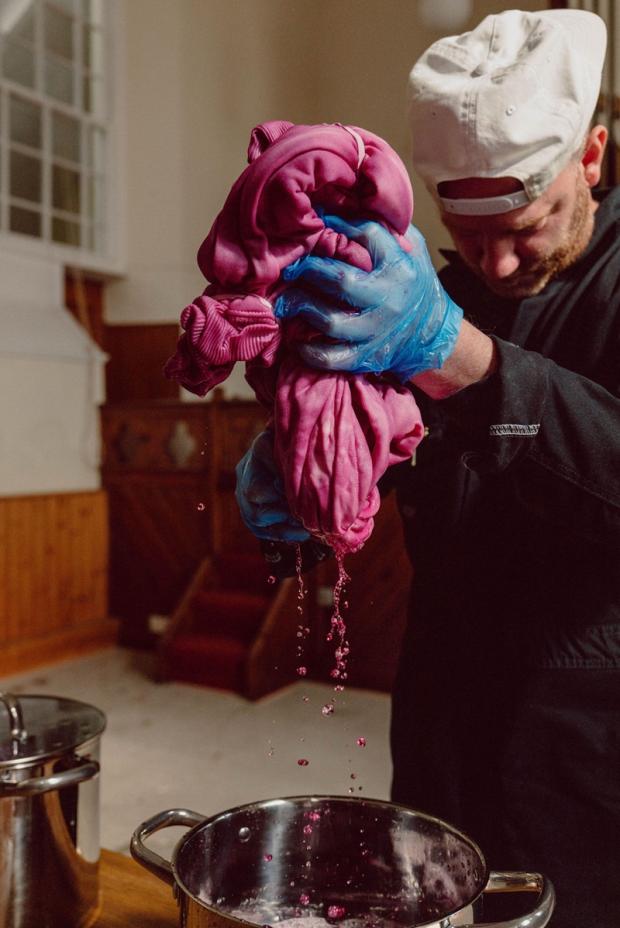

Subscribe for free